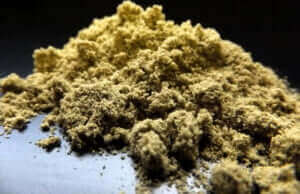Processing and refining cannabis products involves several techniques that extract and purify desired compounds from the cannabis plant, such as cannabinoids, terpenes, and flavonoids. These compounds interact with the human endocannabinoid system and have potential therapeutic benefits.
Processing Techniques:
Extraction: Solvent-based, solventless, and supercritical CO2 extraction are used to dissolve the cannabinoids and other compounds.
Winterization: Solution is typically winterized to remove unwanted plant waxes, lipids, and other impurities.
Decarboxylation: THC and CBD are activated by heating the plant material or extract.
Refining Techniques:
Distillation: Isolates THC, CBD, and other cannabinoids from the extract.
Fractional Distillation: Separates the cannabinoids into different fractions based on their boiling points.
Isolation: Separates individual compounds from the extract.
Nanoemulsion: Breaks down the cannabinoids into tiny particles to make water-soluble cannabinoid products.
These techniques are critical in producing safe and effective cannabis products for medicinal and recreational use. Extraction methods include solvent-based, solventless, and supercritical CO2 extraction, while refining techniques include distillation, fractional distillation, isolation, and nanoemulsion. These techniques are used to obtain highly pure and specific compounds or products with increased bioavailability and faster onset of effects.






